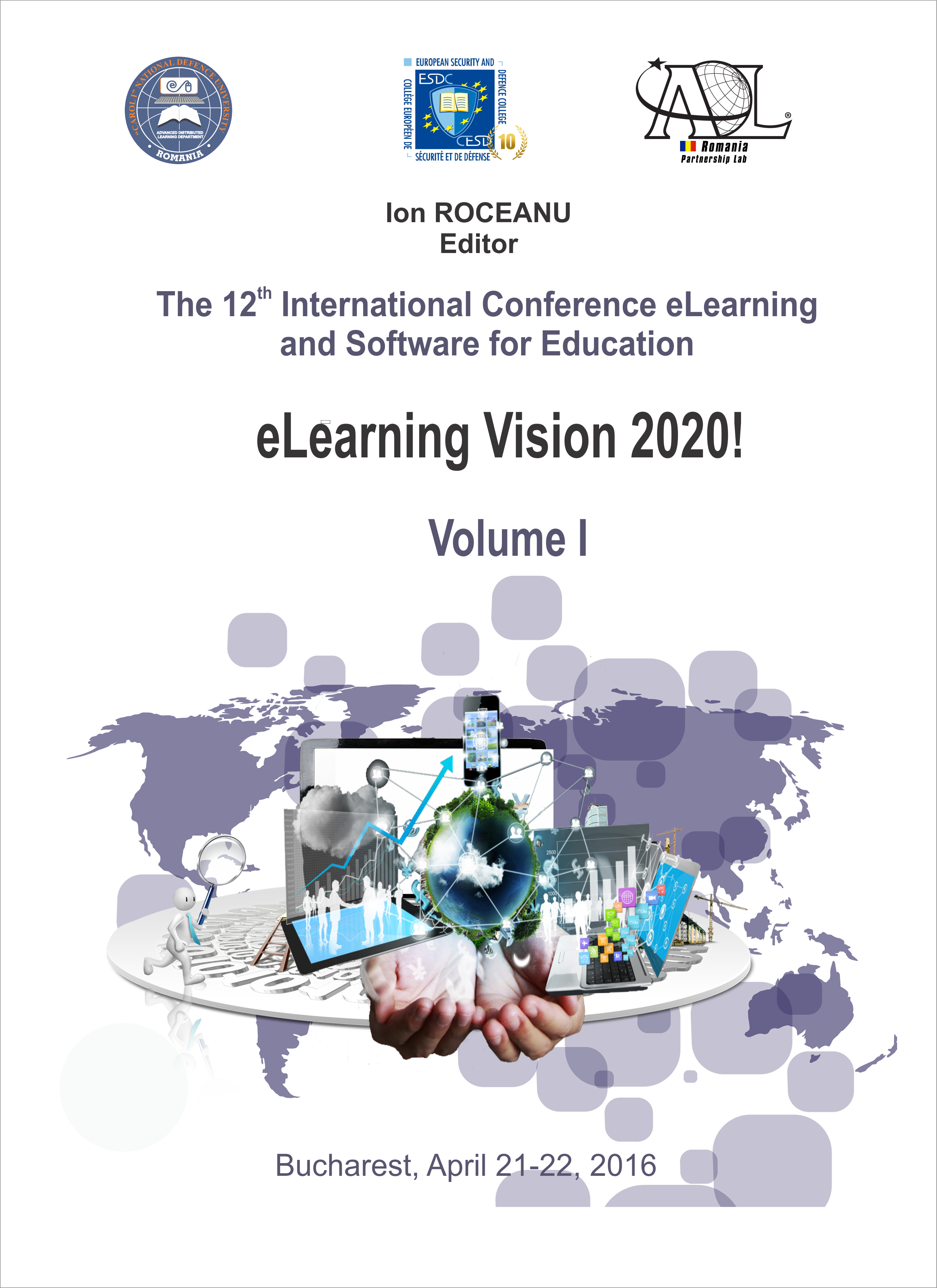VIRTUAL REALITY FOR EDUCATION AND TRAINING IN DENTISTRY
VIRTUAL REALITY FOR EDUCATION AND TRAINING IN DENTISTRY
Author(s): Ionel-Bujorel Păvăloiu, Radu Ioaniţescu, George Drăgoi, Sorin Grigorescu, Simona Andreea SanduSubject(s): Health and medicine and law, ICT Information and Communications Technologies, Sociology of Education
Published by: Carol I National Defence University Publishing House
Keywords: dentistry; virtual reality; dental simulation; haptics;
Summary/Abstract: Dental students have to master, along with the theoretical knowledge, a lot of visual, practical and technical skills, essential to the dentistry profession. They include visual assessment of the medical condition, where the three-dimensional (3D) view differs from the images from manuals, firstrate psychomotor skills and understanding of the technical issues arisen in dental practice (restorations, implants, etc…). In recent years, both internationally and nationally, the invasive treatments made by students on patients were limited and are increasingly replaced by various alternative training solutions. Simulator laboratories with teeth replicas, typodonts (models of the oral cavity) and phantom heads are used for preclinical skills development. The paper presents the introduction of Virtual Reality as an e-learning tool for the dentistry education and training in Romania. It will precede and attend the current methods, accelerating the learning process before and during the training with artificial models and phantom heads, reducing the expenditure of artificial teeth, student time and instructor effort. Virtual Reality for education and training in dentistry implies the usage of a human-computer interface dedicated to this task. The working environment is a 3D representation of the dental tools and of the oral cavity with teeth and gums, accessible through stereoscopic devices. The input is capturing the hand/hands posture and movements using haptic devices or other hardware sensor devices that detects hand and finger motions. The feedback includes visual modifications, tactile feedback and sound effects when different operations are performed in the oral cavity. The use of these technologies will decrease the costs of the educational process and will increase its quality through individual training and self-assessment of the results.
Journal: Conference proceedings of »eLearning and Software for Education« (eLSE)
- Issue Year: 12/2016
- Issue No: 01
- Page Range: 367-372
- Page Count: 6
- Language: English

